Microcosms and ecosystems: the Taipei Biennial
As I walked amongst the works of the Taipei Biennial I kept asking myself two questions, ‘how is the museum an ecosystem?’ and ‘where is reciprocity?’ These lines of enquiry were prompted by the Biennial’s title, Post-nature: A museum as an ecosystem, developed by co-curators Mali Wu and Francesco Manacorda.
Two separate works that engaged directly with the infrastructure of the museum, and perhaps best exemplify the physicality of the museum as a feedback loop or reciprocal ecosystem were by Taiwanese architects Huai-Wen Chang + MAS (Micro Architecture Studio) and Danish artist Tue Greenfort. Chang’s engaged sculptural work Museum in the clouds (2018) is connected to the weather station on the rooftop of the Taipei Fine Arts Museum (TFAM, the Biennial’s main venue). Comprising arcing steel frames joined by skeins of responsive fabric, Museum in the clouds is installed in the recesses of one of TFAM’s boxy, windowed façades. Visible from inside and outside the museum, Chang’s engaged sculpture is programmed to change colour according to the extensive data collected by TFAM’s rooftop weather station, including temperature, light, rain, wind, and particulate matter from a remote measuring station. Responding to this combined data, Chang’s sculpture turns orangey red when air quality is low, brownish purple when very poor, yellowy green when good, and luminous green when perfect. More than a visual representative however, Museum in the clouds is also intended to contribute information towards the architectural future of TFAM, and will remain in situ for two years.
Named after a genus of terrestrial fossil fungi, Tue Greenfort’s trunk-like sculptures Prototaxites (2018) stand together in TFAM’s humid atrium. When I was there the three vertical sculptures were sleek and bare, but over the coming weeks and months the works’ inner environment and external misting system (and Taipei’s humidity) will enable tiers of edible oyster mushrooms to sprout, obscuring in the process the sculptures’ sleek surface. Museum staff (and perhaps visitors?) will be able to harvest these mushrooms for their own use. Proxotaxites stands in reciprocity to Taipei’s humidity and TFAM’s intentional lack of air-conditioning in this atrium area, while the work itself offers affective and physical nourishment to those who attend it.
A highlight of the Biennial was the multi-faceted (Taiwanese) Indigenous Justice Classroom activated by Mayaw Biho, Panai Kusui, Nabu Husungan Istanda and others (not named). Over the several days I was there the two spaces (a partially covered balcony area and interior gallery separated by floor-to-ceiling windows) were continually alive with activity. The Classroom grew out of the Indigenous Ketagalan Boulevard protest that began on 23 February 2017 against a new government ruling that would make it easier for corporations to access and exploit Indigenous land. Evicted from the boulevard after 100 days the group relocated nearby and then into the museum as part of the Biennial. Biho and collaborators installed several of the tents that had been used in the original boulevard protest in the interior space alongside video works documenting the struggle. Marked from use the tents hung upside down from the ceiling except for the transparent white fly of a small pup tent set up on the floor. This tent was generally occupied by a single protestor who sat quietly and offered information if sought. In front of the tent a small number board showed the duration of the protest (634 days in mid-November 2018). Outside the group had constructed a tepee-type structure from bamboo that embodied time as cyclical and multi-directional; it focused particularly on historical and recent events that impacted the original (non-Han Chinese) Indigenous peoples of Taiwan. Visitors could also paint one of the many smooth stones heaped in a circle around a sculpture of a stylised lily. This practice of painting stones and leaving them in situ developed out of the boulevard protest. From what I could gather through conversations with the group and by observation, the Classroom appeared to have resisted any instrumentalisation by the museum and retained a sense of urgency and autonomy.
Another impressive body of work was Australian artist Nicholas Mangan’s installation Termite Economies (2018). Conceived as a type of speculative fiction, Mangan’s project nevertheless drew on a proposal put forward by the entomology unit of Australia’s Commonwealth Scientific and Industrial Research Organization (CSIRO) to exploit termites as rare earth mineral prospectors for human use. Imagining the proposal in an early developmental phase, Mangan presented a series of termite training stations in austere and quasi-scientific environments. In many respects Mangan’s Termite Economies embodied a kind of anti-reciprocity between the earth, insects, humans and technology. Using restrained visual and sculptural languages Mangan captured the hubris of human endeavours under neoliberal manias.
The works I have described certainly coexist in the context of the Biennial’s theme Post-nature, and other connections between individual works emerged such as a focus on Japan as one of Taiwan’s historical colonisers, in the work of Bo Zheng, Sow-Yee Au, Hsin-Yao Huang and Ji-Ying Lu. Many international artists engaged directly with an aspect of Taiwanese ecology such as Henrik Håkansson (Taiwanese moths); Tue Greenfort (Taiwanese mushroom growers Mita Eco Fungi); Vivian Suter (works painted in the Haiping tea plantations, Lala Mountain, Taiwan); Ruangsak Anuwatwimon (polluted soils of Taiwan), and Robert Zhao Renhui (the capturing of invasive species in Taiwan). In many ways however, my experience of the Biennial was ‘microcosmic’ rather than ‘ecosystemic.’ To generate a ‘museum as ecosystem’ experience it may be necessary, as both Greenfort and co-curator Manacorda suggested, for Biennial participants to meet months in advance in order to build the relations necessary for exchange, growth, decay, reciprocity, and biodiversity. Correspondingly, perhaps a similar durational dedication is required by the visitor to engage with the extensive programming already intended to make the museum porous.

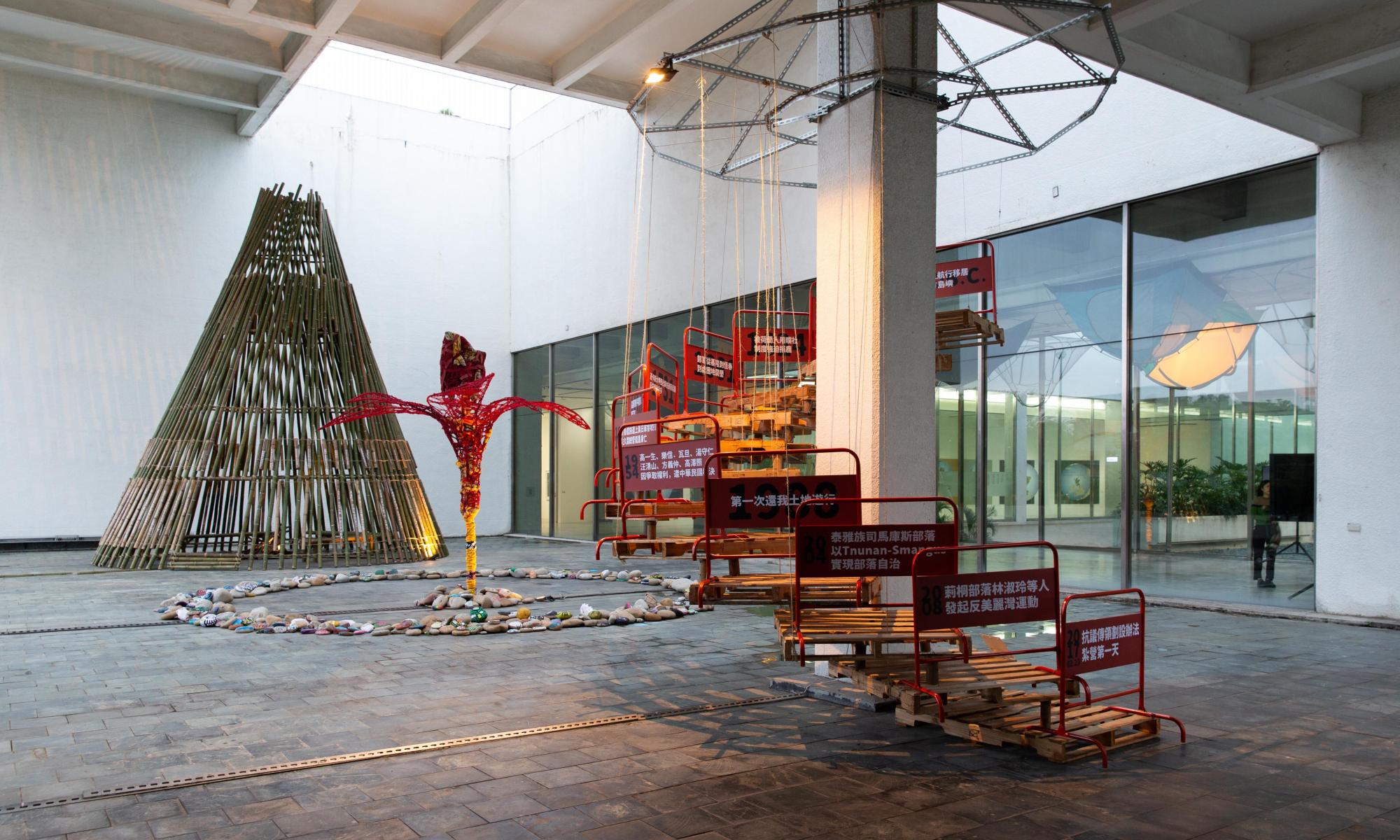
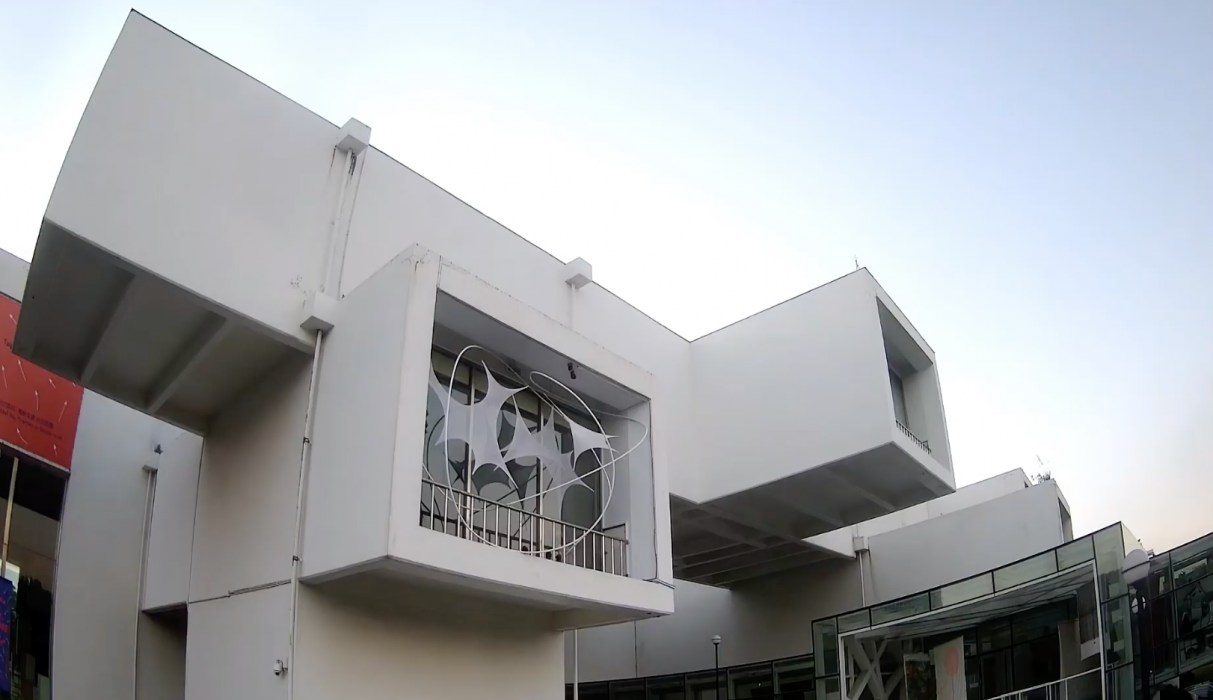
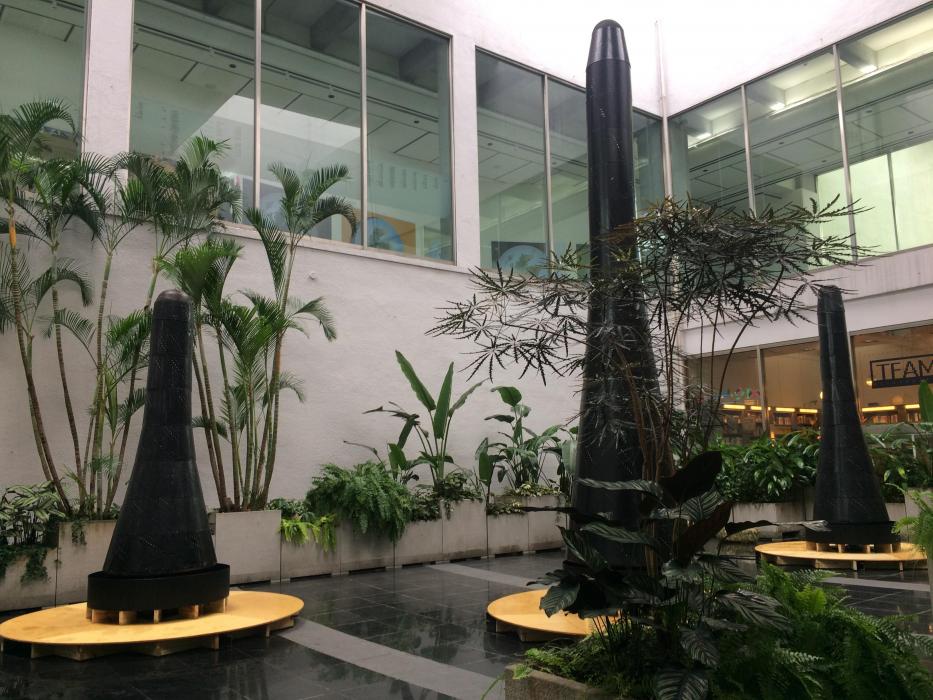
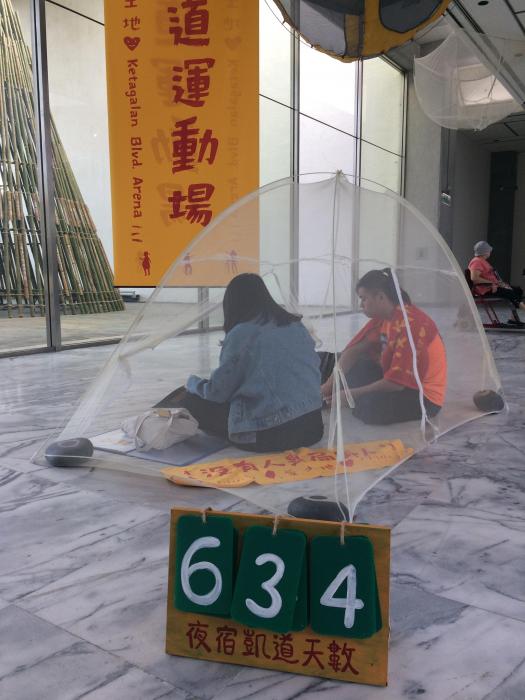
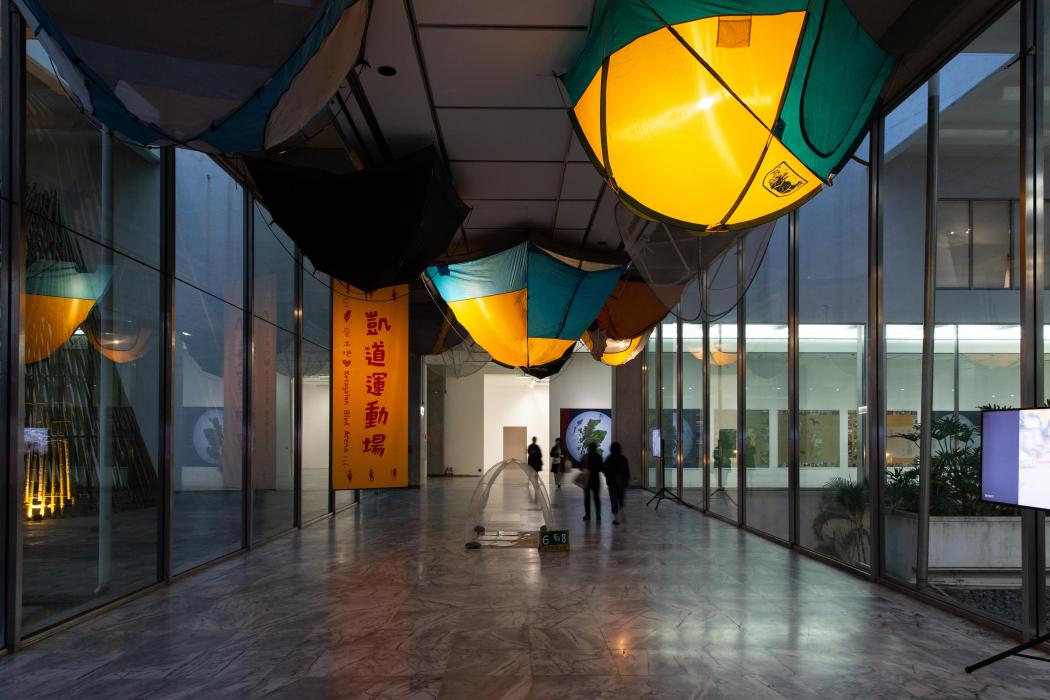
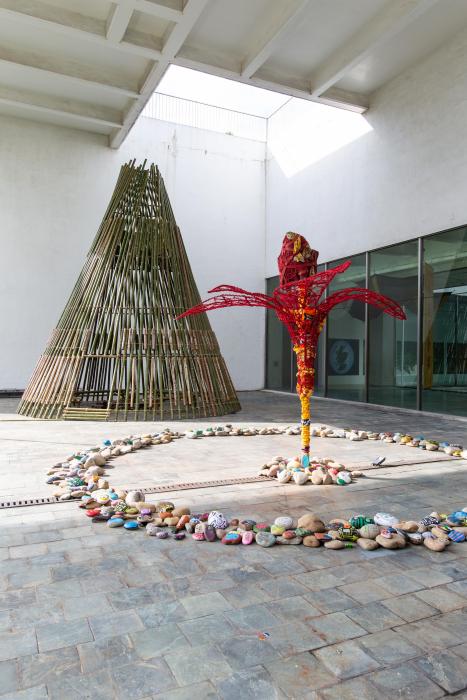
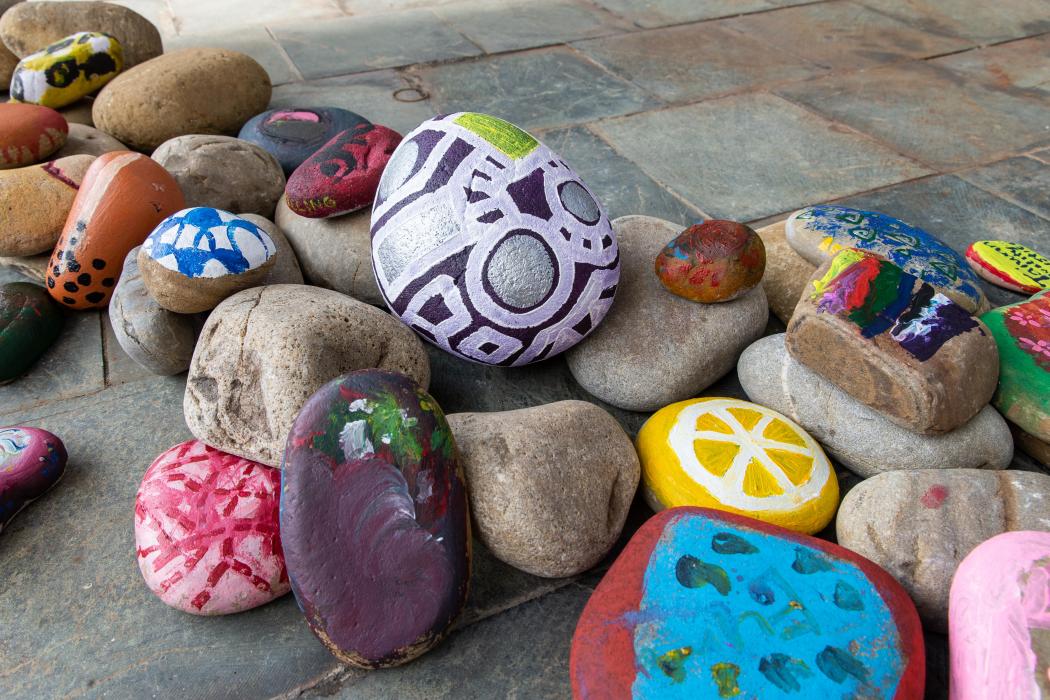
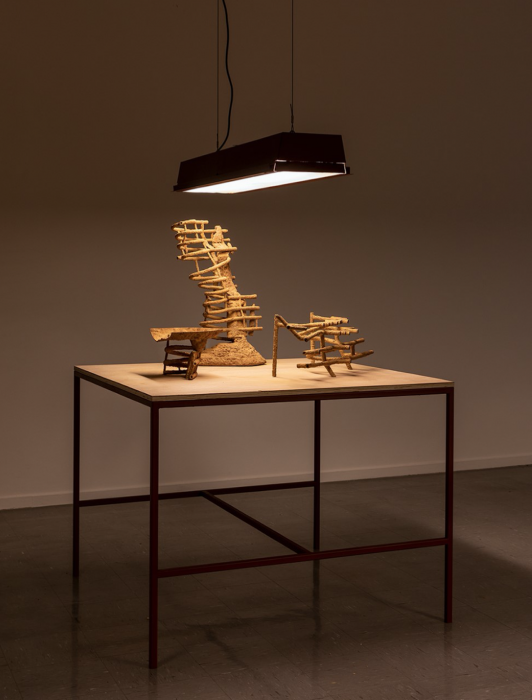
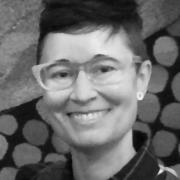
.%20From%20the%20series%20jane%20says.%20Pigment%20Print_2c%201119%20x%20840mm.%202015-16%20-%C2%AEann%20shelton-itok=FngTtBXL.jpg)